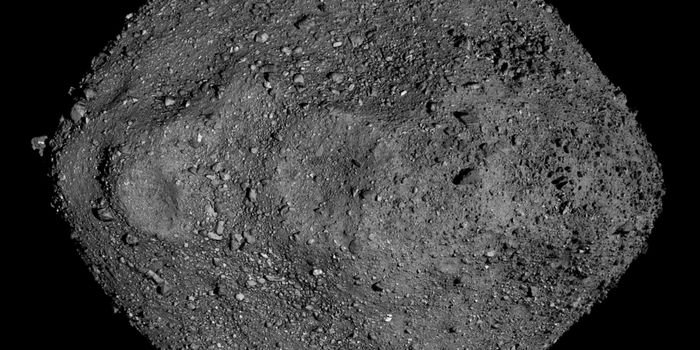Historic Venus Flyby Sets Parker Solar Probe on Course for Sun's Closest Approach
NASA’s Parker Solar Probe has done an extraordinary job teaching us about our Sun while achieving record distances from the latter’s surface, coming within 4.51 million miles (7.26 million kilometers) on September 27, 2023. Now, the Parker Solar Probe is a month away from breaking this record, as it is slated to come within 3.8 million miles (6.1 million kilometers) of the Sun’s surface on Christmas Eve 2024. This record-smashing flyby of the Sun is being accomplished by the Parker Solar Probe performing a gravity-assist from Venus, coming within 240 miles (386 kilometers) of the second planet from the Sun.
“We’re reaching the crescendo of Parker’s incredible voyage through the inner solar system,” said Dr. Yanping Guo, who is the design and navigation manager for the Parker Solar Probe mission and a space mission designer at Johns Hopkins University Applied Physics Laboratory. “More than six years after launch, this incredible spacecraft continues to exceed all expectations, and we can’t wait to see what Parker uncovers on its closest approaches to the Sun.”
Passing this close to the Sun will enable the Parker Solar Probe to travel inside the Sun’s atmosphere, thus enabling it to gather incredible data regarding the processes responsible for the solar wind, solar magnetic field, and solar plasma activity. While the Parker Solar Probe will be out of contact during its Christmas Eve flyby, the spacecraft will be sending health status updates on December 21 and December 27 to ensure mission control that all systems are functioning nominally.
Launched on August 12, 2018, NASA’s Parker Solar Probe has been instrumental in teaching us groundbreaking insights into the Sun and the myriads of processes responsible for it being able to give life to our small, blue world. However, the Sun’s incredible activity can also destroy life, as displayed with solar radiation and the space weather that interacts with the Earth’s magnetic field, creating the breathtaking auroras along our planet’s high latitudes. Without our magnetic field, this space weather would destroy all life on Earth, and better understanding these processes will help scientists better understand and predict space weather going forward.
What new discoveries about the Sun will NASA’s Parker Solar Probe achieve in the coming years and decades? Only time will tell, and this is why we science!
As always, keep doing science & keep looking up!
Sources: NASA, Johns Hopkins University Applied Physics Laboratory, Wikipedia, NASA (1)
Featured Image Credit: NASA/Johns Hopkins APL/Steve Gribben








